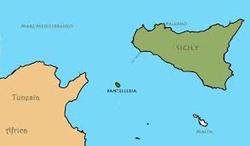 All it took was opening a bottle of wine to transport me back to the enchanting island of Pantelleria that I visited this past April with my gracious host, Donnafugata. The 2016 Donnafugata Lighea Zibibbo Sicilia is 100% Zibibbo (Muscat of Alexandria) and is produced on the Sicilian island of Pantelleria. Zibibbo is an aromatic grape originally from Egypt that ancient Arab settlers brought to the island. “Zibibbo” comes from the Arabic word “zabib” which means “raisins”. In addition to the zibibbo wines, Moscato and Passito di Pantelleria are made from this sweet grape. Lighea is a dry version of Zibibbo. Although the aromas would lead one to believe that they are about to drink a sweet wine, you are in for a pleasant surprise. Donnafugata has created a beautiful balance of mildly sweet and dry wine. The color of Lighea is light yellow with exotic aromas of tropical fruit, oranges, stone fruit, honey and hints of white flowers. The palate is layered with apricots, citrus fruit and salty mineral notes. Lemon zest and apricots linger on a very long finish! Yummy!! This wine drinks well as an aperitif or serve it with fish, pasta and appetizers. Alcohol: 12.38% SRP $20 As always, there is a story behind Donnafugata labels. “From the disheveled tresses the color of the sun, seawater flowed over the green, wide-open eyes.” Thus Giuseppe Tomasi di Lampedusa describes Lighea, the bewitching siren and principal figure in his novel. She has inspired the creation of a complex and innovative wine and an equally original label. “It was not easy to print this label”, Gabriella (founder of Donnafugata, with her husband Giacomo) recalled, “and preserve the thousand shadings of colors of Pantelleria Island, painted in the original drawing.” As I inhale the aromas of Pantelleria Island and sip this lovely wine, my thoughts return to a magical day. Pure bliss! To learn more about Donnafugata and Pantelleria island, please read my story: Day 575 Donnafugata A 360 Degree Tour - The WineKnitter http://thewineknitter.com/1/post/2017/05/day-575-donnafugata-a-360-degree-tour.html
Cheers! Penina To leave a comment or if you have an inquiry, please contact me at [email protected] 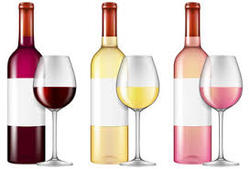 With the dog days of summer upon us, one might not be so inclined to reach for a red wine to drink as an aperitif. Most of us would probably opt for a chilled rosé or white wine. However, I decided to open a red wine to toast a few friends and the onset of evening. My selection was the perfect choice! Donnafugata’s Sedàra 2015 is a delicious Sicilian red blend made with Nero d’Avola (the primary grape), Cabernet Sauvignon, Merlot, Syrah and a small percentage of other grapes from Sicily. The color is dark crimson with an inviting bouquet of dark berries, cherry, plum and spice. The palate offers layers of dark juicy fruit, pepper and soft tannins. This is a medium bodied wine with the aging potential of 4 to 5 years. Sedàra is an easy wine to drink. And in addition to drinking well as an aperitif, it will pair beautifully with meats, pastas, fish, cheese and fruit. Alcohol: 13.43% SRP: $16 Donnafugata produces enticing wines and I am a big fan of their whimsical labels. I'm especially captivated by their stories called “Dialogue with Art”. This is what Donnafugata say about Sedàra. “This wine carries in its heart the concreteness and sweetness of Angelica Sedara, the charming Claudia Cardinale, protagonist of the film “The Leopard” directed by Luchino Visconti. The label, which refers to the cellars at Contessa Entellina and the land in which the roots of this wine are deeply planted: in the foreground the green of the vineyard, on a white background, communicates the freshness and pleasantness of this wine and its most recent evolution.” To read more about Donnafugata wines and the indigenous grapes of Sicily, check out my stories from this past May.
Happy Friday! Cheers! Penina To leave a comment or if you have an inquiry, please contact me at [email protected] For the past few weeks I’ve been slowly making my way through an assortment of wines that Fondo Antico winery sent to me from Sicily. As I wrote in an earlier post, Fondo Antico winery was established in 1995 and is owned by the Polizzotti-Scuderi family that is now in its sixth generation of winemaking. The estate is located in the village of Rilievo, between Trapani and Marsala, in western Sicily. They have 80 acres of vineyards planted with vines such as Grillo, Nero d’Avola, Catarratto, Perricone and Syrah in addition to olive and lemon trees. Fondo Antico loosely translated means “ancient background” and refers to the winery’s history and strong tradition of making wine. Their logo is a branch of Corallium rubrum, (red coral) a local species of the Mediterranean that was considered a symbol for averting evil influences or bad luck and was also a source of local livelihoods between the 14th and 15th century. The coral preserves marine biodiversity and Fondo Antico protects the Sicilian native species and its territory, using eco-friendly practices. Syrah is the only international red variety that Fondo Antico produces. And it is a winner! The color of the Syrah 2015 wine is a rich dark purple. Holding the wine up to the light, one can see how purple it is. Also note the small amount of rim variation indicating that the wine is young. The nose offers red fruit, cherry and hints of earth. The palate is layered with red fruit, lush berries, pepper and a touch of strawberry on the finish. This is a medium-bodied wine with medium tannins and will pair nicely with fish or meat. Alcohol: 14% I chose to make a simple meal that paired beautifully with the wine. We grilled salmon with fresh basil, oregano and lemon and grilled corn on the cob. My homegrown tomatoes and avocado rounded out the dinner. 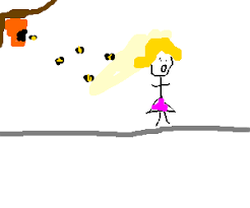 It was a beautiful evening to dine outside, but the yellow jackets were not willing to share the space on my deck. And since I’m not fond of these bees, we retreated to indoors with our food and wine! Have a great day!
Cheers! Penina To leave a comment or if you have an inquiry, please contact me at [email protected] The July 4th festivities have come and gone. The weather was beautiful and perfect for swimming, grilling and watching magical sunsets while sipping wine. One of the wines that we opened was a Fondo Antico 2016 Bello Mio Zibibbo from Sicily. Made with 100% Zibibbo grapes, this delicate wine is the color of pale gold. Characteristic of the grape, the nose offers lush stone fruit and floral with apricot and hints of almond that segues onto the palate. The taste of apricots and almonds linger on a long finish. The wine has low residual sugar, is nicely balanced and has just the right intensity to complement light food and desserts. We drank it as an aperitif. Alcohol: 12% If you would like more information regarding Fondo Antico or Zibibbo grapes, please check out some of my stories that were recently posted.
Have a beautiful day! Cheers! Penina To leave a comment or if you have an inquiry, please contact me at [email protected] While I was in Sicily a few months ago for Sicilia En Primeur 17, I spent a day at a walk around tasting of the 2016 vintages from forty-nine producers. I met many winemakers, listened to captivating stories and tasted an array of wines. While at the tasting, I met Gianluca Saladino, export manager for Fondo Antico winery who “poured” me an introduction to their delicious wines. Although I didn’t have the opportunity or time to visit the winery while in Sicily, Gianluca kindly brought Fondo Antico to my doorstep by sending me a variety of their wines when I returned home from my trip. 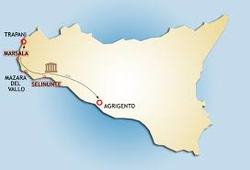 Fondo Antico winery was established in 1995 and is owned by the Polizzotti-Scuderi family that is now in its sixth generation of winemaking. The estate is located in the village of Rilievo, between Trapani and Marsala, in western Sicily. They have 80 acres of vineyards planted with vines such as Grillo, Nero d’Avola, Catarratto, Perricone and Syrah in addition to olive and lemon trees. Fondo Antico loosely translated means “ancient background” and refers to the winery’s history and strong tradition of making wine. Their logo is a branch of Corallium rubrum, (red coral) a local species of the Mediterranean that was considered a symbol for averting evil influences or bad luck and was also a source of local livelihoods between the 14th and 15th century. The coral preserves marine biodiversity and Fondo Antico protects the Sicilian native species and its territory, using eco-friendly practices. To quote the owner, Giuseppe Polizzotti: “…with the passing of time, this land has conquered me more and more every day, and I grew so fond of it that I eventually decided to follow in my grandfather's and my father's footsteps, the ancestors who understood that viticulture could be a form of income and livelihood for their families. This strong and generous land has always been suited to viticulture and my love for it brought me to learn the art of winemaking.” Today, I’m going to focus on the Grillo wines, which are Fondo Antico’s “calling card”. To recap from a previous story on Grillo: Grillo, one of Sicily’s best known grapes, is found throughout western Sicily and is noted for its citrus flavors, sweetness and mild acidity. Due to the grape’s high sugar levels, it is ideal for the production of fortified wines. And now because of the innovation of new winemakers, Grillo has a wide range of styles, from crisp and savory, to structured and mature. Fondo Antico’s Il Coro and Grillo Parlante are both made with 100% Grillo grapes, but they are very different in style. Il Coro has longer contact with the skins during fermentation and is aged in oak and acacia barrels for six months. Whereas, Parlante is soft pressed, has less skin contact and is aged in stainless steel tanks and in the bottle. Il Coro di Fondo Antico 2016 is golden in color with enticing aromas of fresh citrus, fruit, spice and subtle hints of wood. The palate offers a creamy texture of apricot, citrus, flowers and hints of tropical fruit giving this wine an unusual richness. Drink as an aperitif or with most any food. Alcohol: 14% Grillo Parlante 2016 is pale yellow with a lovely scent of fruit, flowers and citrus. The palate is beautifully balanced with layers of citrus, pineapple, pear and hints of lemon zest on the finish. This is a fresh and lively wine that will pair well with seafood, pastas, cheese and fruit. Grillo Parlante translated means “talking cricket”. The cricket on the label symbolizes and “gives voice to the flavors of the Grillo cultivar”. Alcohol: 12.5% I have four more Fondo Antico bottles to open and much more to share with you about this winery, the winemaker and their collection. Another story about Fondo Antico to follow soon!
Cheers! Penina To leave a comment or if you have an inquiry, please contact me at [email protected] Perhaps my use of the term “magical” is played out, but I can’t seem to come up with a better description of the three days I recently spent as a guest of the Rallo family of Donnafugata in Sicily. This is not my first story about Donnafugata and their delicious wines, but it is my first visit to their wineries and vineyards at Contessa Entellina, Marsala and Pantelleria. With a family history of making wine dating back to 1851, Giacomo Rallo (fourth generation) and his wife Gabriella created Donnafugata in 1983. Giacomo, who sadly passed away in May 2016, is considered a pioneer of a new generation of modern winemaking in Sicily, seeking a quality-based approach to winemaking and promoting the island’s cultural heritage. His wife Gabriella is a pioneer in her own right, being the inspiration and author behind most of the Donnafugata labels. The labels are quite whimsical and pay homage to various works of art and literature. The name Donnafugata means “woman in flight” and refers to a piece of literature called “Il Gattopardo”. The story is about a queen who found refuge in the part of Sicily where the company’s vineyards are located today. This image and logo capture the very essence of Gabriella. In 1990, their children José and Antonio joined them at Donnafugata with José as head of management control & communication and Antonio as a dedicated agronomist, winemaker and head of the Consorzio Sicilia DOC. Together, the Rallo family has dedicated themselves to eco-sustainable management, biodiversity and paying special attention to their carbon footprint. My adventure began at Contessa Entellina along with three other journalists. In addition to seeing José Rallo again and meeting her spirited team of Baldo and Laura, I had the honor of being introduced to and spending time with Gabriella Rallo. After a lovely dinner and much needed sleep, we were ready to begin our tour of the vineyards the next day. Contessa Entellina is located in the heart of western Sicily. It is comprised of 270 hectares of vineyards and a 9 hectare olive grove. In addition to growing many indigenous grape varieties such as Ansonica, Grillo and Nero d’Avola, several international varieties are grown here as well. Grapes like Cabernet Sauvignon, Merlot, Chardonnay and Viognier are conducive to the climate of the Mediterranean. We had an in-depth tour of the vineyards led by Antonino Santoro, Donnafugata’s winemaker. He explained the pruning methods used, the more common being the spurred cordon pruning (leaving 6 to 10 buds per plant) and pruning with Guyot training which limits the vine’s lignified growth to the trunk. The vines grow in clay loam soil, which gives the grapes their unique characteristics. A slide show is below. In addition to our tour, we had the opportunity to sit with Antonino and José to taste the 2016 Anthilia and Sur Sur, the 2015 Vigna di Gabri and Sherazade and the Tancredi 2006 and 2012. All the wines were very good, but I especially enjoyed the Anthilia which is predominantly Catarratto grape. It has a beautiful fruity bouquet with a palate of stone fruit, soft citrus and the sea. The Vigna di Gabri is primarily Ansonica grapes. It has great intensity blended with herbal and citrus notes and a burst of floral on the finish. This is a wine that Gabriella wanted to create, believing in the “full-flavored fragrance” of Ansonica. This is a delicious wine! We had a delightful lunch outside while enjoying the beauty around us. A bottle of Kabir was opened at the end of the meal. This is a naturally sweet wine made with Zibibbo grapes, which I will be discussing when we land in Pantelleria. The wine is very aromatic with floral, citrus and stone fruit and herbs that carries over to the palate and is beautifully balanced. After lunch, I walked around the property with Gabriella as she proudly pointed out all the trees and bushes that she personally planted so many years ago. My admiration for her definitely accelerated! As you go through the slide show, I think you’ll see why. Before we said our good-byes to José, Gabriella and Antonino, José, who is also an accomplished singer, sang a little song for her mother. It was a very special moment. Here is the video… The other journalists and I departed with Laura and Baldo for our next stop to the ancient family cellars in Marsala where the bottling and aging process take place. On our way there we did a little scenic sightseeing and stopped at the Salt Pans located between Trapani and Marsala. These are Europe’s oldest salt marshes. In the photos, you can see the windmills that are used to drain the water from the pans. When we arrived in Marsala, we had just enough time to check into the hotel, freshen up and enjoy a complimentary glass of Marsala before heading to the Aging Winery with Baldo for a vertical wine tasting and dinner. When we arrived at the winery, we were met by Pietro Russo, winemaker. The historic cellars date back to 1851. It is a typical baglia layout with a dramatic courtyard. Wines produced at Contessa Entellina and Pantelleria are brought here for aging and bottling. The aging process takes place in steel, cement and wood (French oak). The underground barrique cellar was built in 2007 and is carved out of the tuff rock allowing for a reduction in the use of energy to maintain desired temperature and humidity. Tuff rock contains debris (ash) from volcanic eruptions. A slide show and video of the winery and cellar are below. This is a video of the underground Barrique cellar. Pietro led us through a vertical tasting of Chiarandà 2014, 2005 and 1996, Mille e una Notte 1996, 2008 and 2012 and Ben Ryé 2008 Limited Edition. The Chiarandà 2014 is made with Chardonnay grapes, whereas the 2005 and 1996 are made with Chardonnay and Ansonica grapes. The 2014 had more “fresh” fruit and was balanced with herbs and nice minerality. The 2005 was less fruity and more herb dominant. The 1996 Chiarandà had lost its edge, but there were still subtle notes of herbs and hints of muted fruit. The Mille e una Notte is made with Nero d’Avola and a small percentage of other grapes. The 2012 has a heady bouquet of lush fruit and spice. The palate offers layers of fruit with soft tannins and a long finish. The 2008 offers fresh cherries, spice and herbs. A touch of Syrah adds the softness and Petit Verdot rounds it out with medium tannins and licorice. The 1996 Mille e una Notte was showing its age. The color was leaning towards red/rust and the nose was indiscernible but fruit was present. The palate offered soft tannins, herbs and fruit. It was very drinkable! The Ben Ryé 2008 Limited Edition is made with Zibibbo grapes and is aged at least six years in the bottle before release. This naturally sweet wine embraces the palate with apricots and floral. It is rich and elegant as all the wines were that we tasted. Below is a slideshow of the vertical tasting and a sampling of our dinner that followed. The next morning we assembled in the hotel lobby at 7 am to catch a flight to Pantelleria Island. Baldo and Laura were our guides for the day. Below is a slide show of Pantelleria taken from plane. Pantelleria is a volcanic island situated between Sicily and Africa. It is about 35 miles from Tunisia. Donnafugata has a winery and 68 hectares of vineyards that are spread out over 14 districts. The districts differ in soil, altitude, exposure and age of plants. Zibibbo (Moscato d’Alessandria) is the wine variety grown. The name zibibbo comes from the Arabic “Zibibb” which means dried grape. Some of the plants are more than 100 years old. The vines are cultivated by hand, planted in a basin and trained to grow low and horizontally on terraces bordered by dry-built lava stone walls. This system of planting allows the vines to withstand the wind on the island. The soil is sandy and originates from lava, thus the term “volcanic soil”. Zibibbo is harvested for a whole month beginning in mid-August. The best clusters are laid down in the sun for drying. In September, the grapes are picked for use in making Kabir, Ben Ryé and Lighea that are made here. The winery is located in the Khamma district of the island in a natural amphitheater of 13 hectares of terraces. In addition to grapes, Biancolilla olives, capers and figs are grown. Lava stone can be seen throughout the island and there are many miles of stone wall on the winery property. Rain barrels collect water, kept in water tanks and are used to irrigate. We toured the winery and vineyards including a special vineyard with vines that are over 100 years old. The Giardino Pantesco was a special treat to see. It is a circular fortress made from lava stone that protects the most beautiful orange tree from the micro-climatic conditions of the island. We also visited other districts including the experimental vineyard in Campo Barone. The slide show below depicts various districts of the island and a few scenic moments. In addition to visiting the vineyards, Laura and Baldo took us on a little sightseeing adventure. We stopped at Lago di Venere, which is the crater of a former volcano. It is a popular spot for swimming, mud bathing and is known for its healing qualities. Sese del Re was intriguing. It is a 5000 year old monument constructed of rocks of lava with sepulchral chambers within. And no…I didn’t venture inside! We also saw the Elephant’s Arch, a rock formation that leads from the town of Tracino and out to sea. It looks like an elephant’s trunk dipping into the sea. The view is breathtaking! We ended the day with a leisurely lunch at La Vela, a wonderful seaside restaurant in Scauri Scalo resort. Of course, drinking Donnafugata wine complemented the meal! It was a perfect ending to a glorious day! Tired but happy, we boarded the plane back to Marsala where José was waiting to take us to a farewell dinner. My gratitude and a big thank you go out to the Rallo family for inviting me to be a part of the world of Donnafugata for a few days. Donnafugata produces high quality and elegant wines that express not only the uniqueness of the soil and climate of Sicily, but the wines also reflect the passion and dedication that goes into each bottle. I quote from their website “Every bottle of Donnafugata is a tale filled with emotion, a sensory fabric perceived in the mouth that remains in the heart and mind.” The next time you’re in a wine shop, pick up a bottle of Donnafugata wine and pour a little “Sicily” and “magic” into your glass. Saluti!
Penina As mentioned in my previous post, I traversed Sicily from west to east and back again touring vineyards and meeting with winemakers. Logically, I should begin this story with the first winery that I visited on the western side of Sicily. However, I’m going to begin “our tour” with Feudo Montoni, located in the middle of Sicily, high up on a mountain, surrounded by wheat fields and vineyards in a commune called Cammarata in the Province of Agrigento. Feudo Montoni was my last stop on the wine tour before heading for Catania. And for me it summed up all the passion, love and pride of the Sicilian winemakers that I had met so far. As we made our way up a long, narrow and twisty road towards Feudo Montoni, more meadows of wheat fields, sheep and goats emerged. Fabio Sireci is owner, winemaker and third generation of Feudo Montoni. His grandfather Rosario purchased Feudo Montoni in the late 1800s, having observed and appreciated the land, its biodiversity and the ancient vines of Nero d’Avola, Perricone and Cataratto. I’d also like to mention that Feudo Montoni is one of Sicily’s most historical producers of Nero d’Avola and is the highest vineyard in Sicily for Nero d’Avola. The estate dates back to the 16th century where at that time the prized “Vrucara” single-vineyard was first planted. Fabio’s father, Elio planted new vineyards and modernized the cellar in the late 1960s. Today, 600 years later, the wines are made in the same cellars and on the same land. The baglio (a typical Sicilian interior court square) was built in 1469 and is an impressive and beautiful structure. Fabio, like his grandfather and father before him, continues “acting as guardian of the ancient plants and their grapes.” Fabio is involved in every process, from the vineyard to the cellar. Feudo Montoni philosophy is as follows: We arrived to a warm welcome from Fabio and Melissa Muller. Melissa recently published a book called “Sicily: The Cookbook: Recipes Rooted in Traditions”. This book is a seven-year endeavor delving into Sicilian gastronomy sprinkled with narratives and beautiful photographs. Wine and food…a perfect union! As we stood outside overlooking the vineyards and wheat fields, Fabio gave us a wonderful verbal tour of Feudo Montoni’s history, philosophy, harvesting and winemaking techniques. He pointed out the 90 year old bush vines in one of his vineyards and explained how ancient vines are propagated from their vineyards using traditional techniques of propagation or grafting. All wines are certified organic. We were invited into their home for a fabulous feast prepared by Melissa and a tasting of seven wines produced by Fabio. The slide show below will give you a glimpse into a beautiful afternoon spent at Feudo Montoni. I have also included a short video of Fabio and Melissa talking about Nero d’Avola Vrucara and Lagnusa. All the wines were memorable, with my favorites being: 2013 Vrucara, intense aromas, full-bodied, dark cherries, juicy and elegant. 2015 Perricone Smooth with plum and spice. Earthy and full. 2016 Catarrato Delicately aromatic with floral and citrus, hints of mint. Fruit fresh with good balance and acidity. We took a quick tour of the cellars and bottling area. As we said our good-byes with an autographed cookbook in hand and the taste of sweet Passito still lingering on my palate, Fabio’s parting words said it all “the heart and soul transfers to the grapes and wine”. Thank you, Fabio and Melissa for an inspiring afternoon!
Cheers! Penina To leave a comment or if you have an inquiry, please contact me at [email protected] Sicily has an impressive history of over 2500 years of winemaking. As I mentioned in my last post, its unique environment of mineral-rich soils and Mediterranean climate are conducive to growing grapes. Although many of the grapes grown here have been imported from regions throughout Europe, Sicily boasts a large number of indigenous grape varieties as well. So, before we begin our mini tour of Sicilian vineyards, let’s get acquainted with just a few of their indigenous grapes. My descriptions are generalized and wines will vary from region to region, from limestone-rich terrain to clay and deeps soils, and in some instances several variations on a single grape will be produced in a winery. 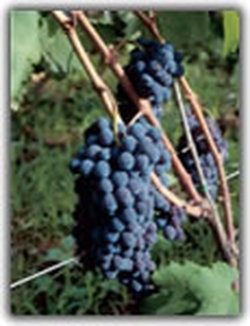 Red Grapes Nero d’Avola (Calabrese) is considered the number one Sicilian red and has been enjoyed since the end of the 17th century. It is one of the oldest indigenous grapes of Sicily and the most widely planted red variety. Nero d’Avola fills approximately 18% of vineyards. Nose: cherries, strawberries and spices Palate: Rich with red fruit, mild tannins, sweet spices, licorice Perricone is mostly grown in a concentrated area of western Sicily and once upon a time was considered the “undisputed” leader of red grapes in western Sicily. Winemakers like to use it as a blending grape. However, 100% Perricone is a treat. Nose: Very aromatic, dark fruit, spice and herbs Palate: Raspberry, marzipan, spice, earthy, chocolate with mild to medium tannins. Reminiscent of Syrah. 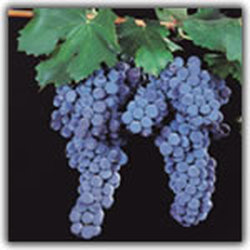 Frappato is believed to have its origins in the Ragusa province of Sicily around 300 years ago. It is characterized as a light and refreshing wine. Nose: full bouquet, cherry Palate: mild tannins violet, strawberries Nerello Mascalese and Nerello Cappuccio are highly regarded grapes that primarily grow on the volcanic slopes of Mount Etna in some of the highest vineyards in Europe. The grapes are considered “cousins” and tend to be used together in blending, but they also drink well on their own. Nerello Mascalese is ripe with fruit flavors, herbs and cinnamon. Nerello Cappuccio is softer with more cherry flavors and spice on the palate. 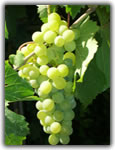 White Grapes Grillo, one of Sicily’s best known grapes, is found throughout western Sicily and is noted for its citrus flavors, sweetness and mild acidity. Due to the grape’s high sugar levels, it is ideal for the production of fortified wines. Historically, Grillo was used in the production of Marsala wine. However, Catarratto has taken the lead. And now due to the innovation of new winemakers, Grillo has a wide range of styles, from crisp and savory, to structured and mature. It is interesting to note that in 1848 Grillo became a hybrid of Zbibbo and Catarratto. 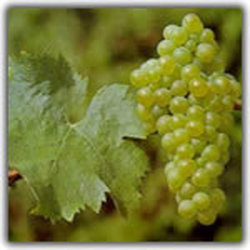 Catarratto is considered the primary white grape of Sicily with more area planted than any other grapevine and makes up 60% of the total grape vineyard area, with most of it on the western side of the island. As noted above, is used in the making of Marsala wine. Nose: floral, citrus, melon that segues onto the palate. 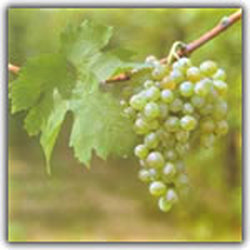 Inzolia is grown primarily in western Sicily and is the island’s fourth most widely planted grapevine. It is usually used in blends to make drier wines. And it is also used to make Marsala. Nose: aromatic, citrus, almonds Palate: tropical fruit and almonds, herbs, fresh and lively 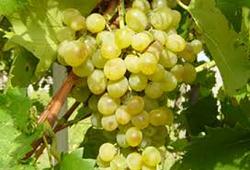 Zibibbo grape is also the name of the sweet wine that is obtained from the grape and is grown on Pantelleria Island as well as in Mazara del Vallo and the nature reserve “Gorghi Tondi. I will go into further detail about Zibibbo, production and tastings later on. The typical Zibibbo wine is very aromatic with apricot, floral and almond lingering on the finish. This is just a small sampling of indigenous grapes from Sicily. The list could go on forever, but I need to stop here and rev up the tour bus because we are starting our adventure in Catania at the foot of Mount Etna on the easternmost side of the island. We will then slowly make our way back to the westernmost side of the island, visiting winemakers along the way and eventually we’ll fly over to Pantelleria Island. So hop on board, buckle up and let’s go! Catania is an ancient port city that sits at the foot of Mount Etna. After traveling across Sicily, visiting five wineries and absorbing the incredible biodiversity of the land, I came here as Assovini Sicilia’s guest to participate in Sicilia En Primeur. It was a whirlwind of activity and also an incredible introduction and education into Sicily’s culture and gastronomy! The two-day event gave me the opportunity to taste the 2016 vintages from forty-nine major wine producers of the region, attend Master Classes and blind tastings. A gala wine party, complete with amazing food and music was held for the journalists and wine producers at Palazzo Biscari, a magnificent private palace built in the 1700s. Slide show below. It was a pleasure speaking with the producers and winemakers. Each had a story to tell. But the common theme was their love for Sicily, respect for the environment and their passion and dedication in making great wine while maintaining the tradition and character of the land. Sicily is becoming more dedicated to organic and biodynamic agriculture and using sustainable practices.
A new generation of winemakers are making their mark by embracing the old while developing new ideas, techniques and blends that transcend into reds that are elegant, fresh and lively and whites that are focused, crisp and leap out of the glass! We’ll begin a tour of the vineyards next time! Cheers! Penina To leave a comment or if you have an inquiry, please contact me at [email protected] Through the gracious invitation of Assovini Sicilia, I and over one hundred other journalists from all over the world traveled to Sicily last week to partake in the fourteenth addition of the annual Sicilia En Primeur 17. We had the opportunity to taste the wines of the 2016 vintage and attend Masterclasses in the beautiful setting of Radicepura, a multifunctional park between Etna and the Ionian Sea. In addition to the two-day event, I spent several days prior to that as Assovini’s guest in an organized and impressive tour of the island and five wineries. Assovini Sicilia was founded in 1998 with the objective of giving voice to wine producers, promoting the region, ethics, sustainability and making a more pronounced impression in the marketplace. Part of their statement is “Assovini Sicilia: expression of the wineries in Sicily”. There are presently seventy-six members of Assovini Sicilia of which forty-nine major wine producers participated in Sicilia EP17. Francesco Ferreri, president of Assovini Sicilia said at the conference “The safeguarding of the environment and the care and attention given to the territory have always been fundamental themes for viticulture and, in particular, for the producers grouped together in the Assovini Sicilia association, united in the putting into practice, day after day, of working methods aimed at the safeguarding of the environment. “ Sicily is the largest Mediterranean island surrounded by the Ionian, Tyrrhenian and the Mediterranean seas. It is an island rich in culture and history. Human activity dates back to around 12,000 BC. Original inhabitants were Sicani and then the Elymians. Today, there are roughly five million people living in Sicily, making it the fourth most populated region in Italy. Sicily is considered a melting pot of ethnicities that include North Africa, Middle East, Greeks, Romans and Spaniards to name a few. I had the opportunity to see an amazing array of landscapes from the westernmost part of the island to the easternmost part of the island as I made my way from Palermo to Mazara del Vallo to Menfi, then Cammarata to Catania and then all the way back towards Palermo and Marsala again. The diversity of the land and soil, the proximity to the ocean and of course the wind, all play a big part in the growth of the grapes and flavor of the wine. Volcanic eruptions over the years and the surrounding seas have contributed to mineral rich and fertile soil. In addition to Sicily being the third largest wine producer in Italy, they grow olive trees, wheat, citrons, capers, figs, lemons, oranges and pistachios. See slide show below. My focus today is an overview of Sicily. Over the next few weeks, I will go into detail about the wines I tasted at Sicilia EP 17, the wineries I visited and how location, geography and climate play a role in the vineyards. The same grape can have many different expressions, depending on where it is grown on the island. I will also focus on Sicily’s indigenous grapes and cuisine. My first day in Sicily, our little group of seven visited an historical site, the Temple of Segesta, set high on a hill outside of Palermo. This Doric Temple is quite impressive with 36 Doric columns, built by the Elymians between 430 and 420 BC. They never completed building it, as there is no roof. It is thought that there might have been an attack on the settlement of Segesta. However, the temple is still standing and it is quite amazing. Further up, on a nearby hill called Monte Barbaro is a semicircular theater that was built at the same time as the temple. It sits 400m above sea level and the theatre can seat 4000. It is used during the summer months as a venue for concerts and Greek plays. I must admit it was quite a hike to reach both places, but well worth it! The views are stunning! One of the photos shows how far down the temple is from the theater. And so begins my love affair with Sicily! I have so much to tell you. A visit to a few wineries is our next stop in my series on Sicily.
The spring flowers are popping up everywhere and the trees are blossoming in bursts of pink, white and yellow. I love this time of year! Spring renewal! It is a time of rebirth, making positive changes and everything seems possible! “It's spring fever. That is what the name of it is. And when you've got it, you want—oh, you don't quite know what it is you do want, but it just fairly makes your heart ache, you want it so!” ― Mark Twain Photo courtesy of jomalatehkotah.blogfa  With my press trip to Sicily rapidly approaching, I’m looking forward to visiting many vineyards where the grape vines will be going through their rebirth and I will observe first hand the new growth of grapes of the soon to be 2017 vintages of wine. So, in keeping with the Sicilian theme, I have a bottle of 2015 Cusumano Nero D’Avola that I will be opening later this evening. Cusumano has seven vineyards spread throughout Sicily with all wines produced at the Partinico based family winery. Cusumano has been in existence for over 60 years and at the helm are brothers Diego and Alberto Cusumano, second-generation winemakers. Their Nero D’Avola vineyards are in the San Giacomo region, located in the center of Sicily. More in-depth coverage to follow over the next few weeks. I am looking forward to tasting all the 2016 vintages of Cusumano at the Sicilia en Primeur. And I can’t wait to open their 2015 100% Nero D’Avola tonight!
Many stories to tell when I return! Have a great Wine Wednesday! Cheers! Penina |
Categories
All
|

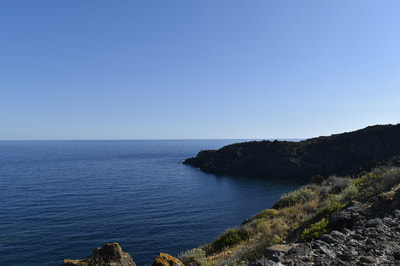
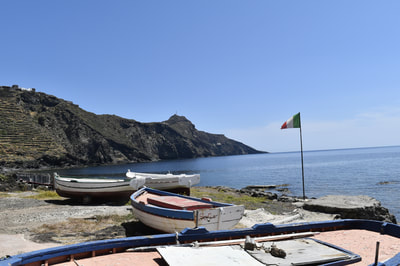
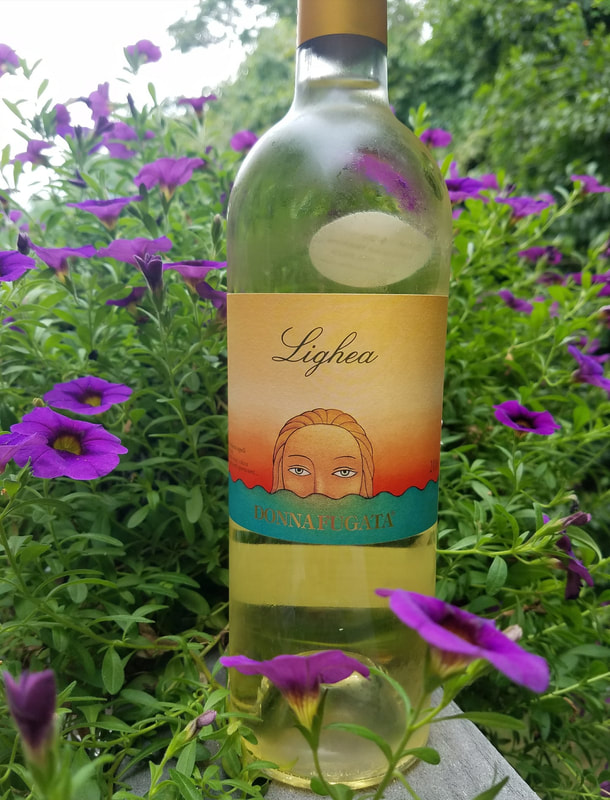
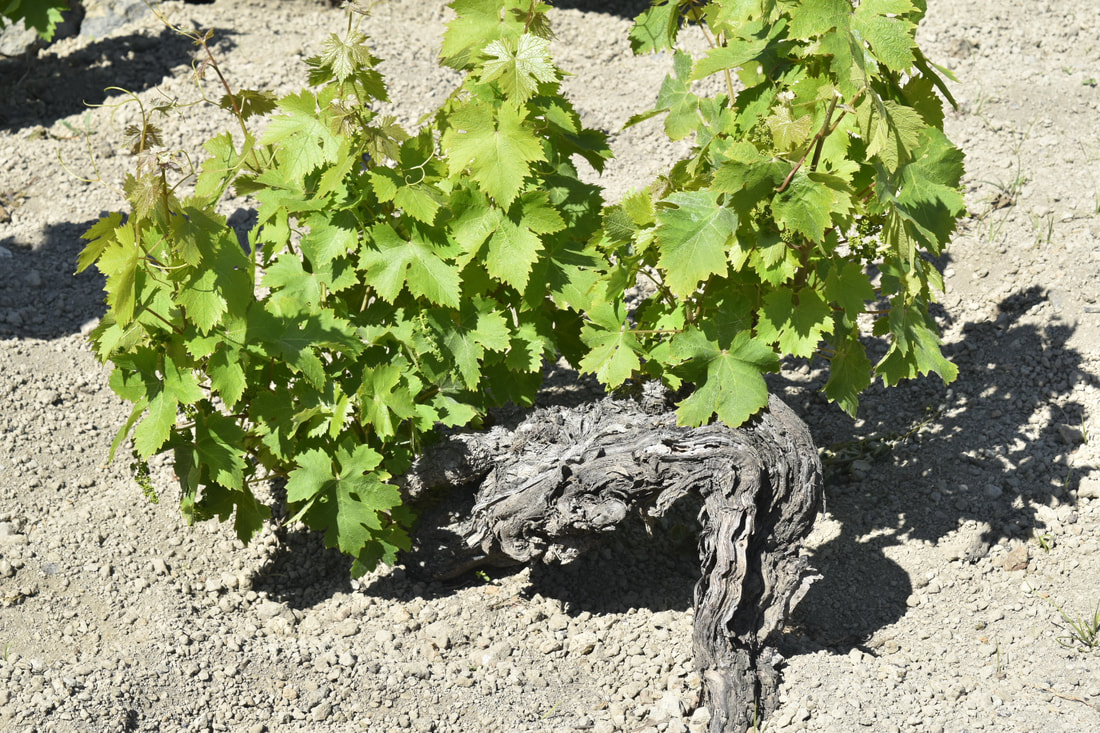
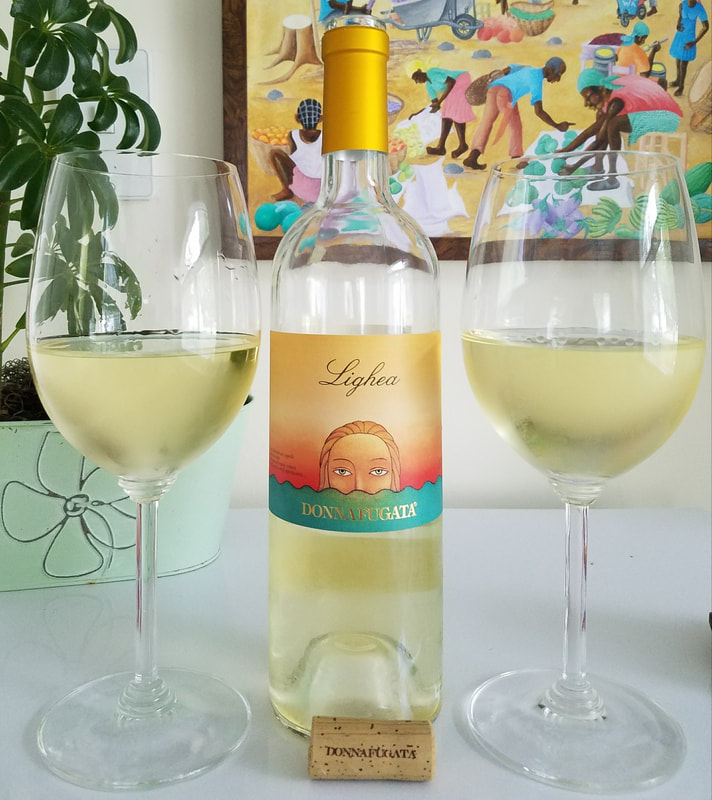
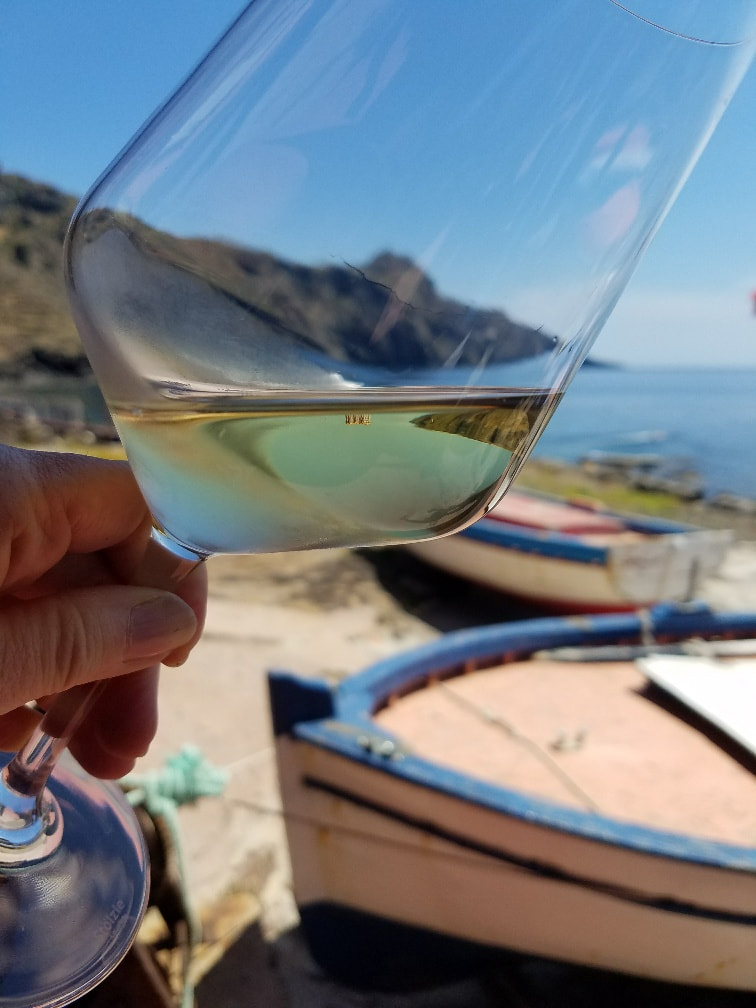

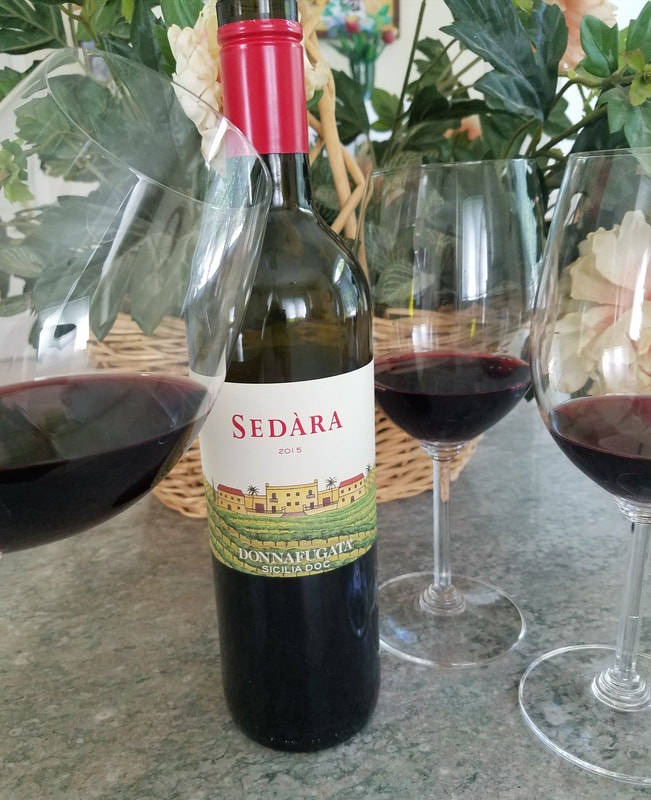
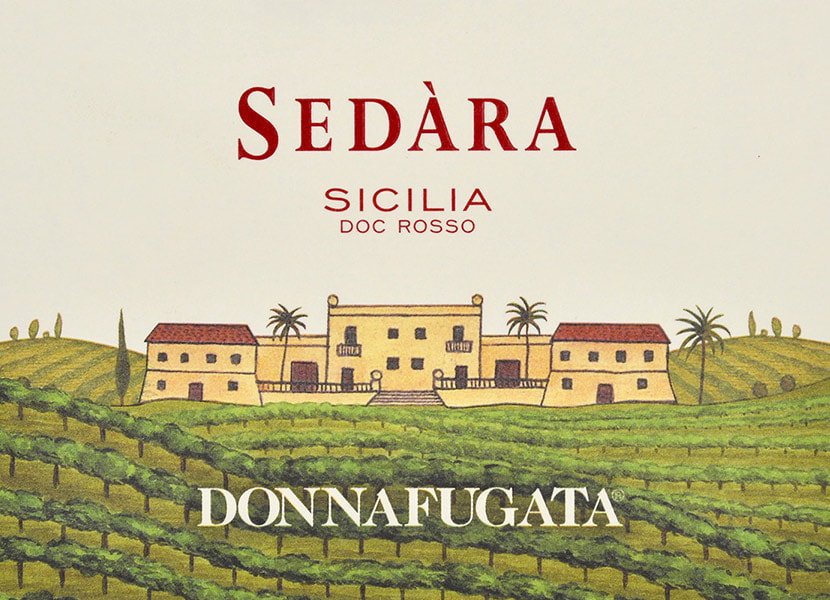
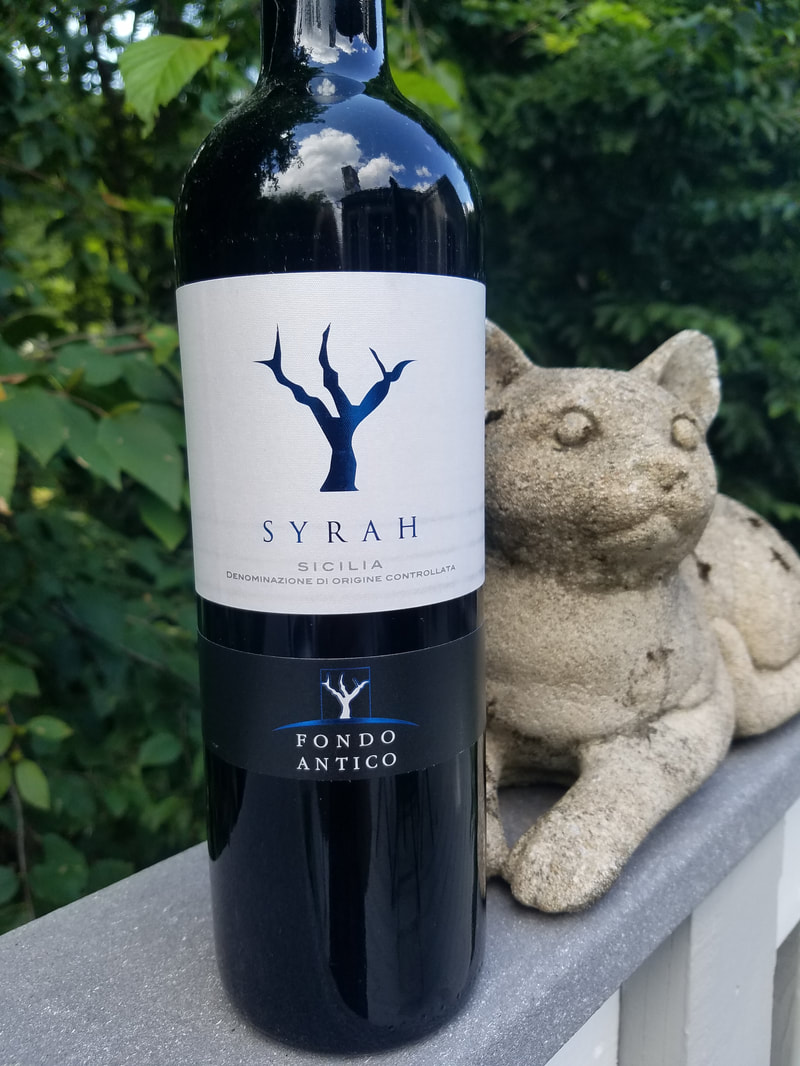
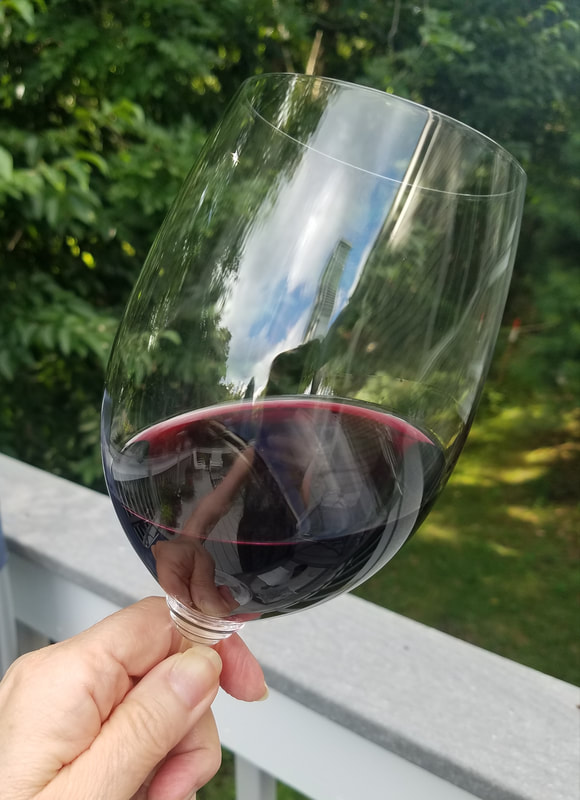
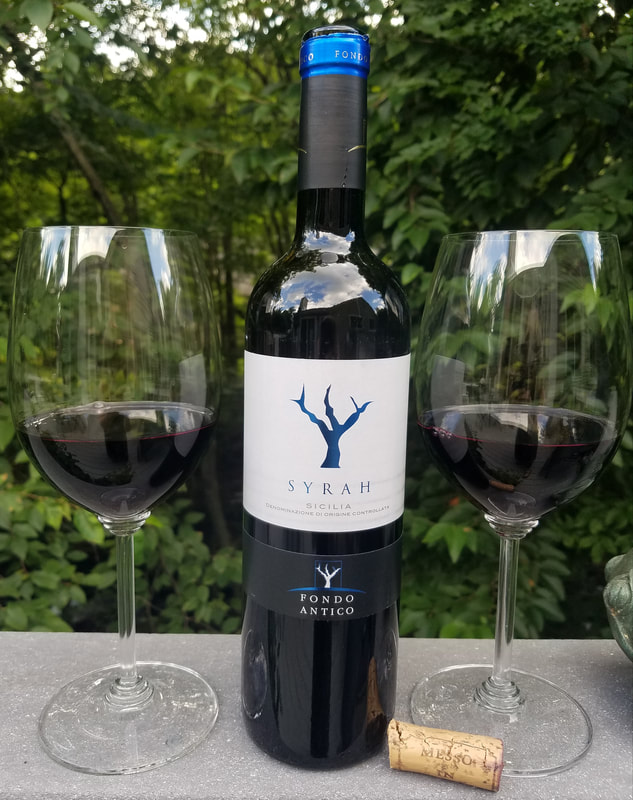
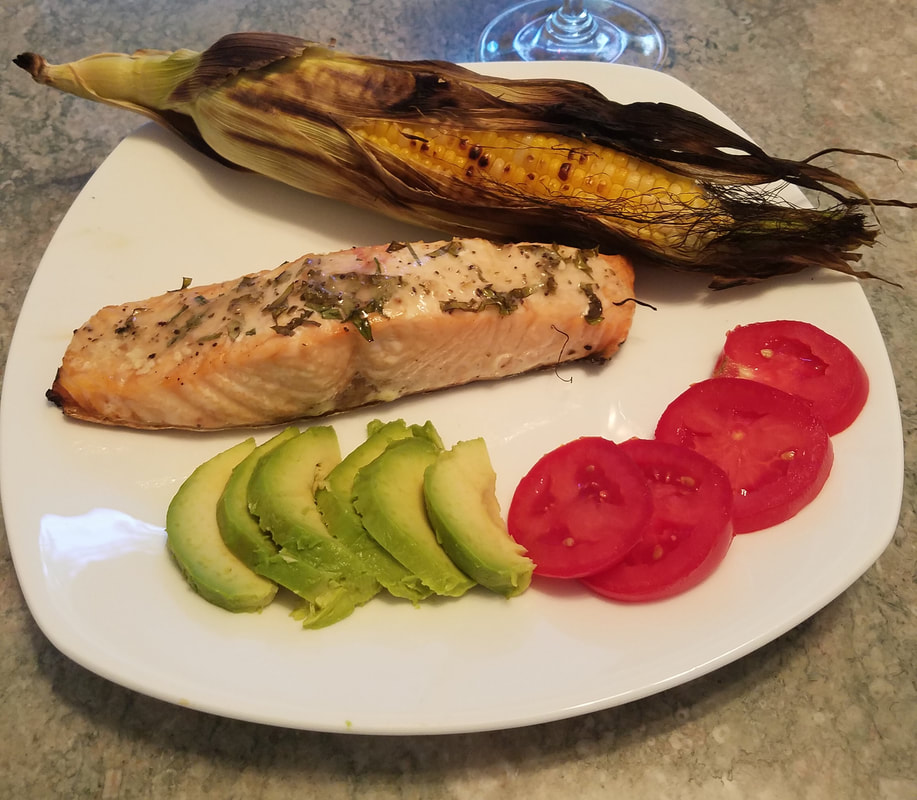
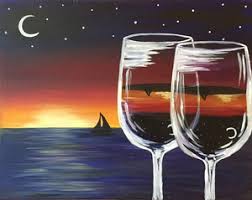



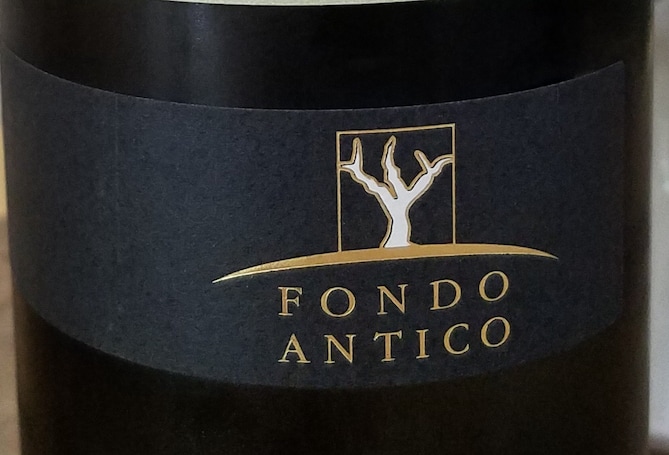
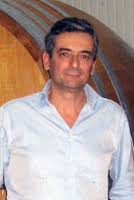
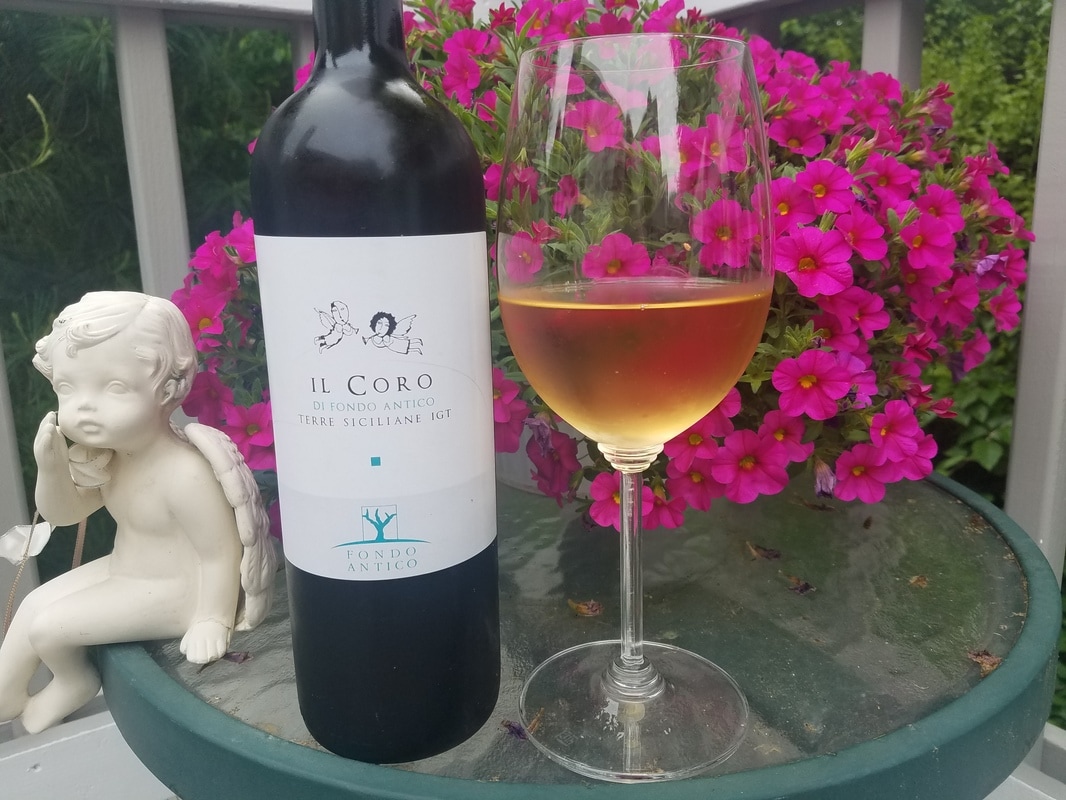

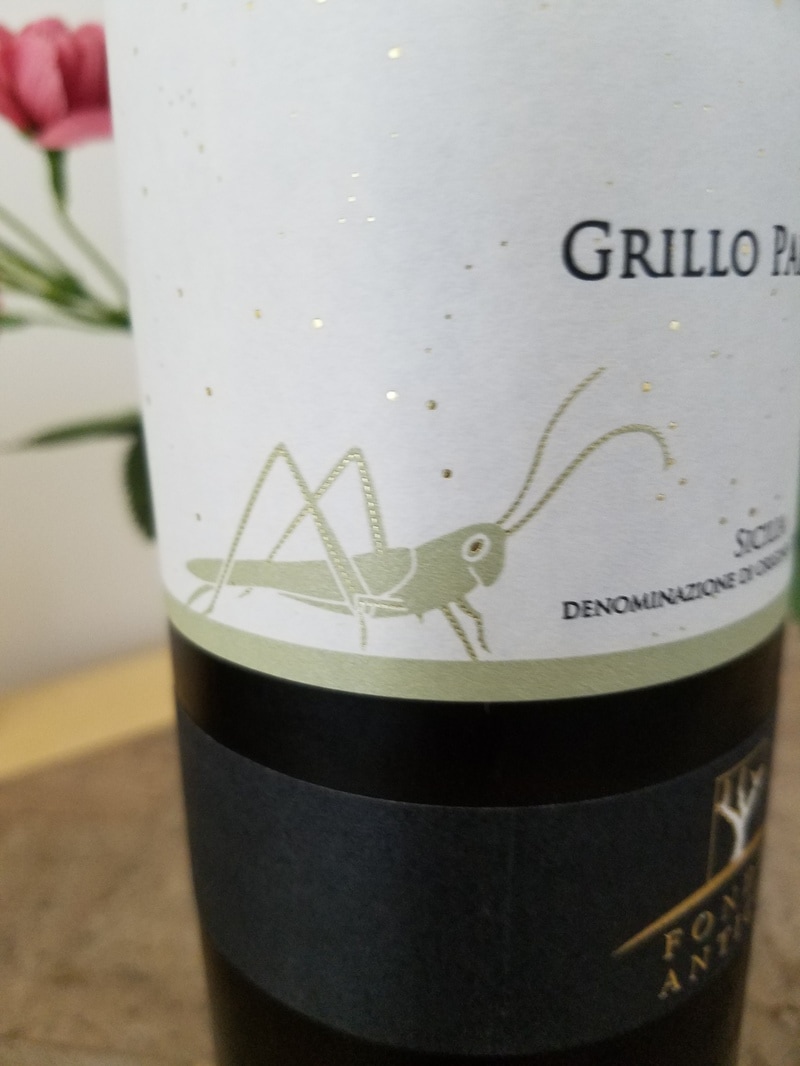
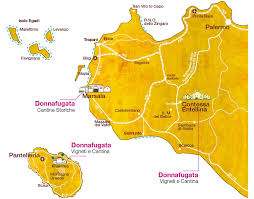
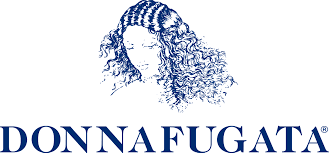
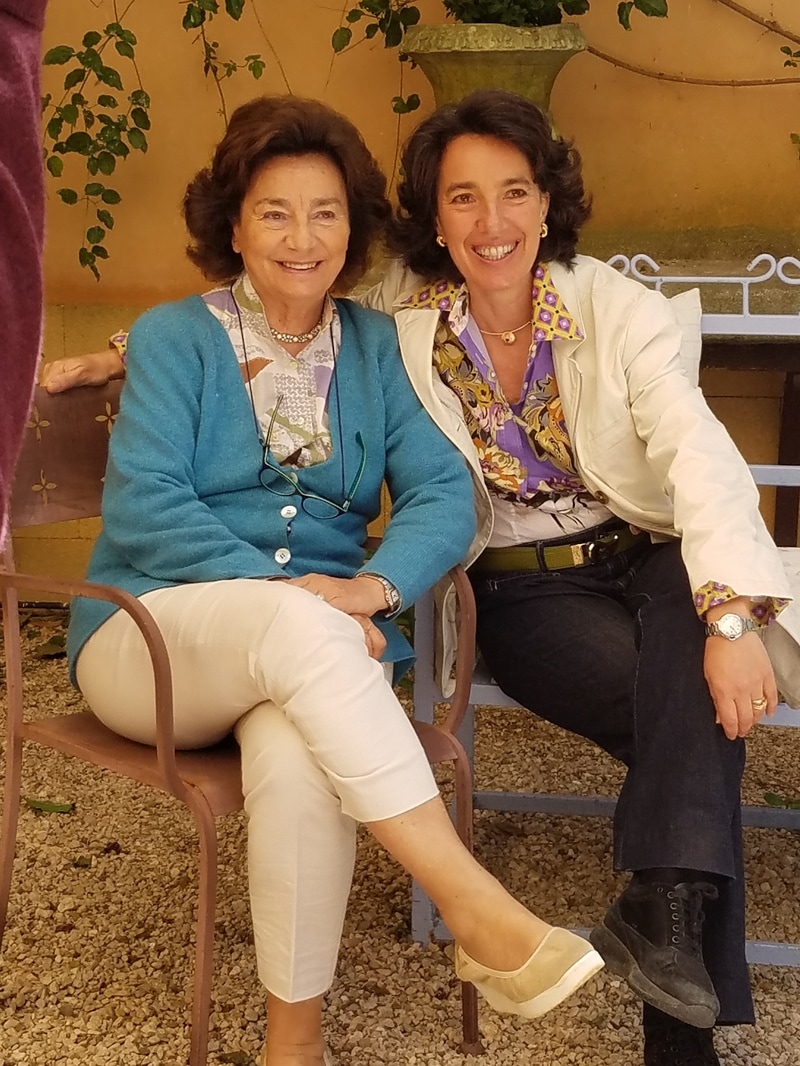
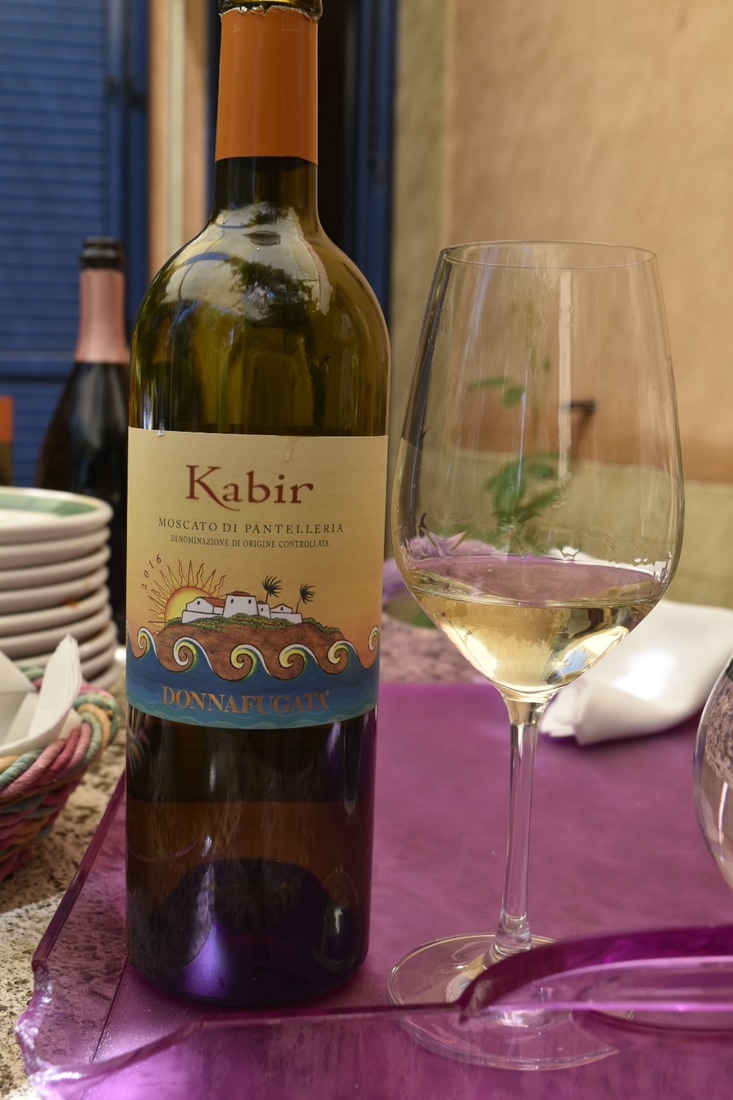
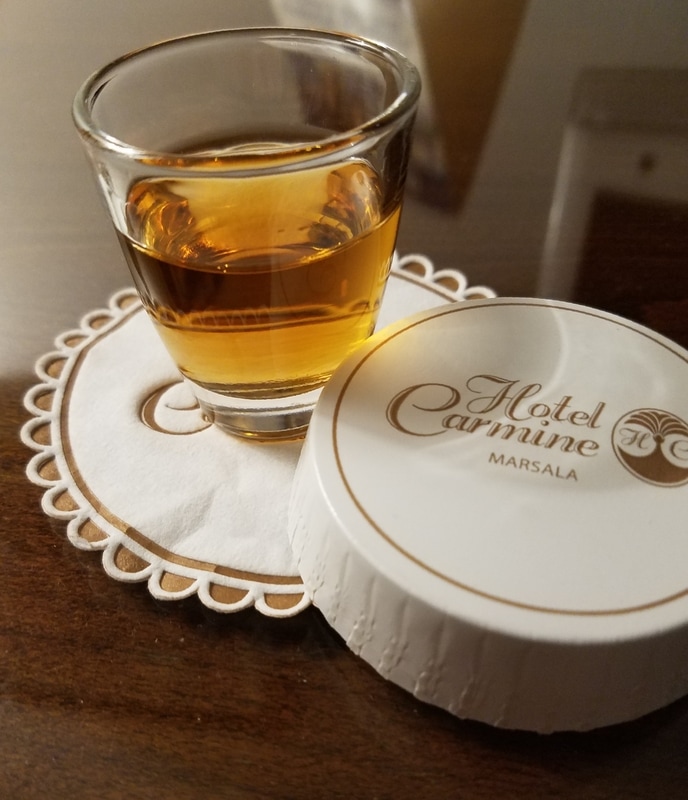
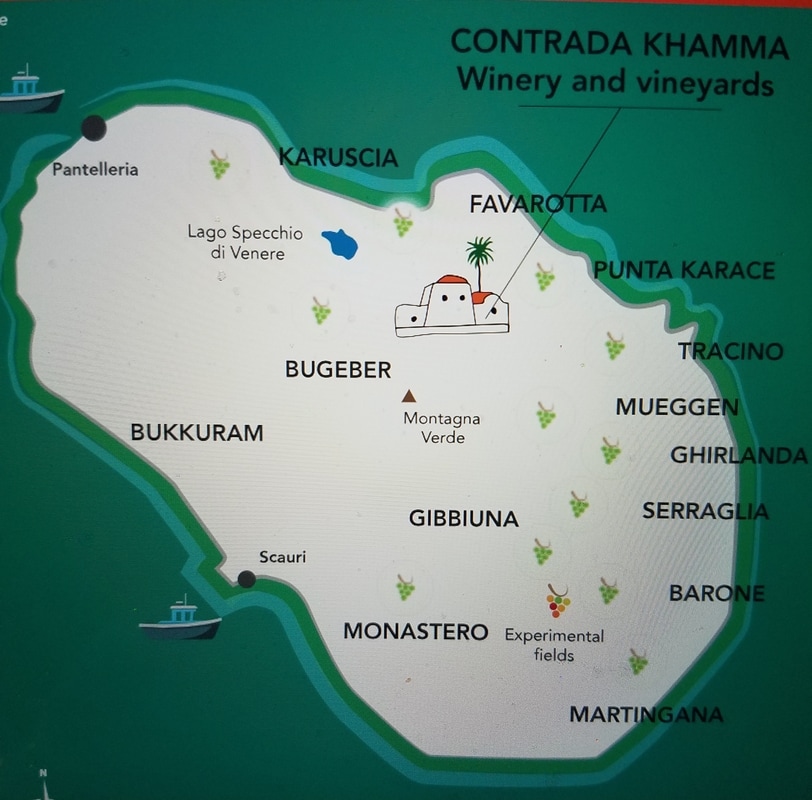
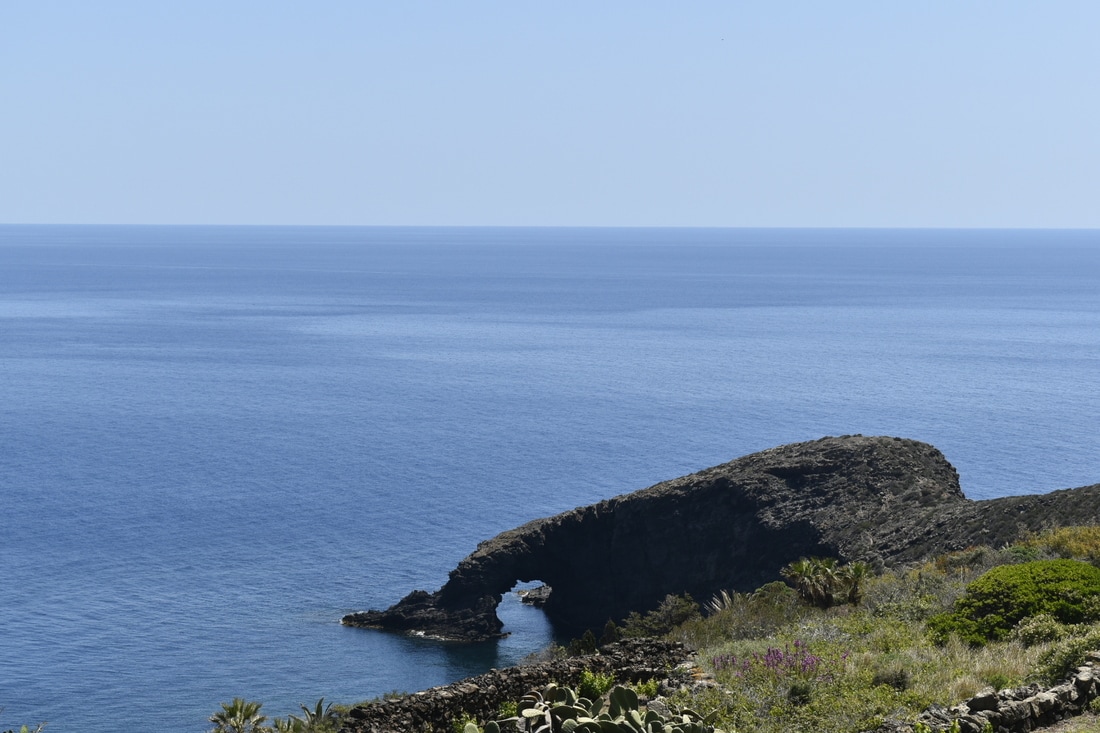
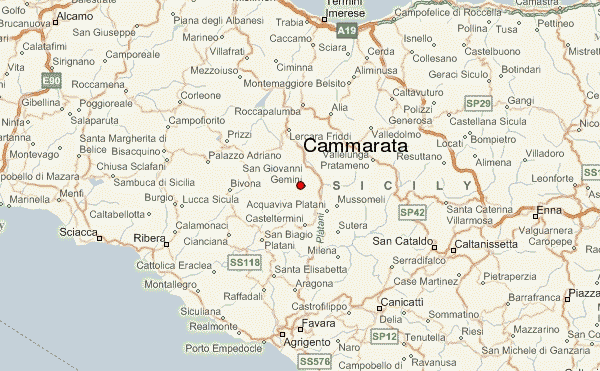
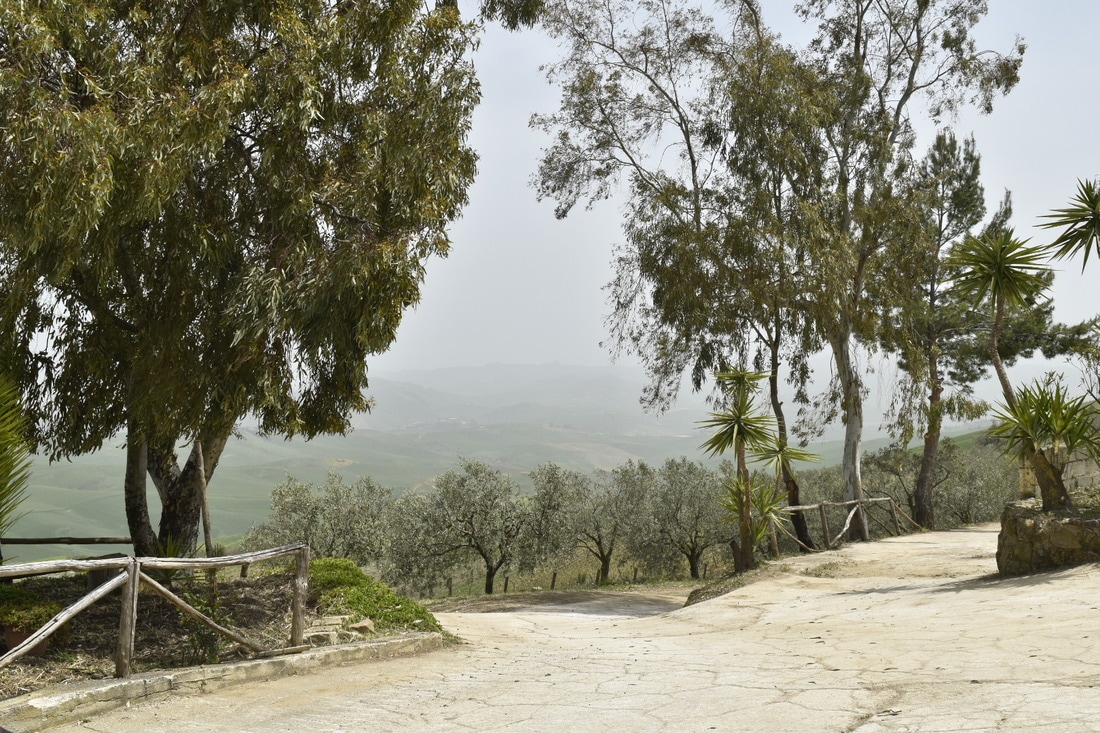
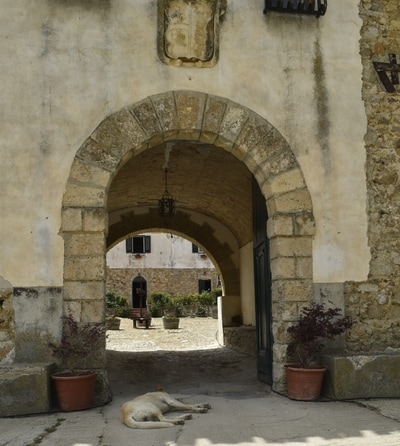
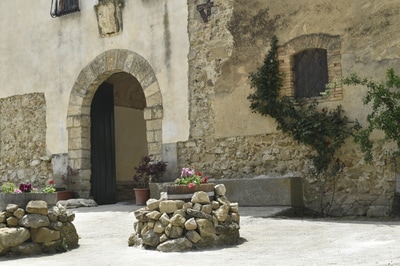
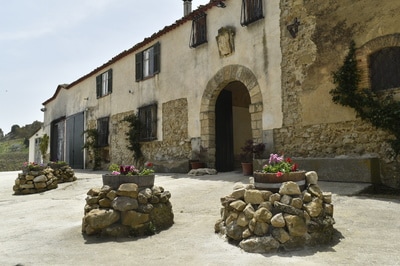
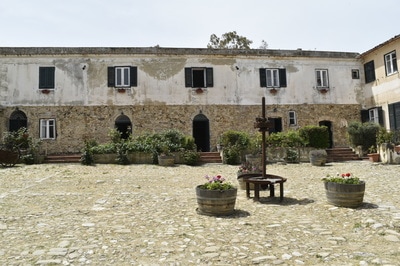
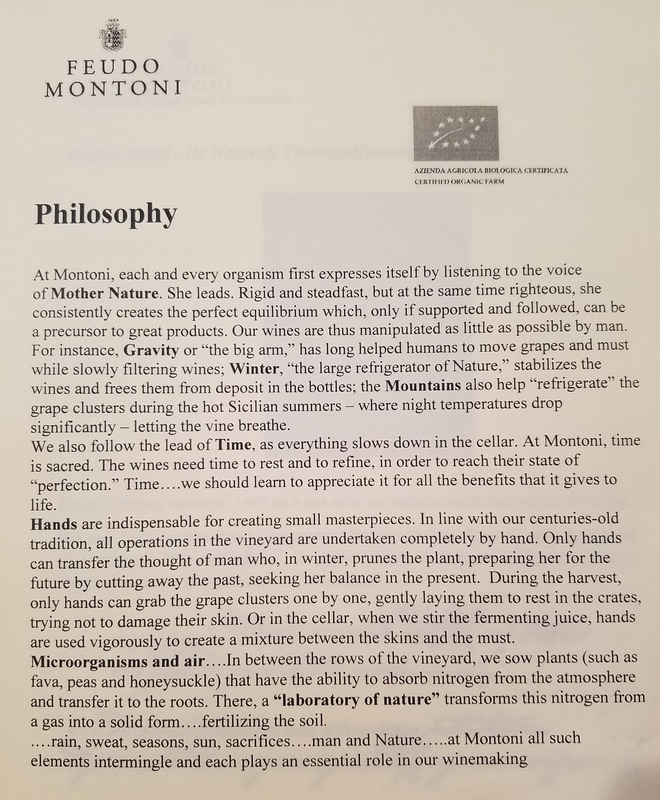
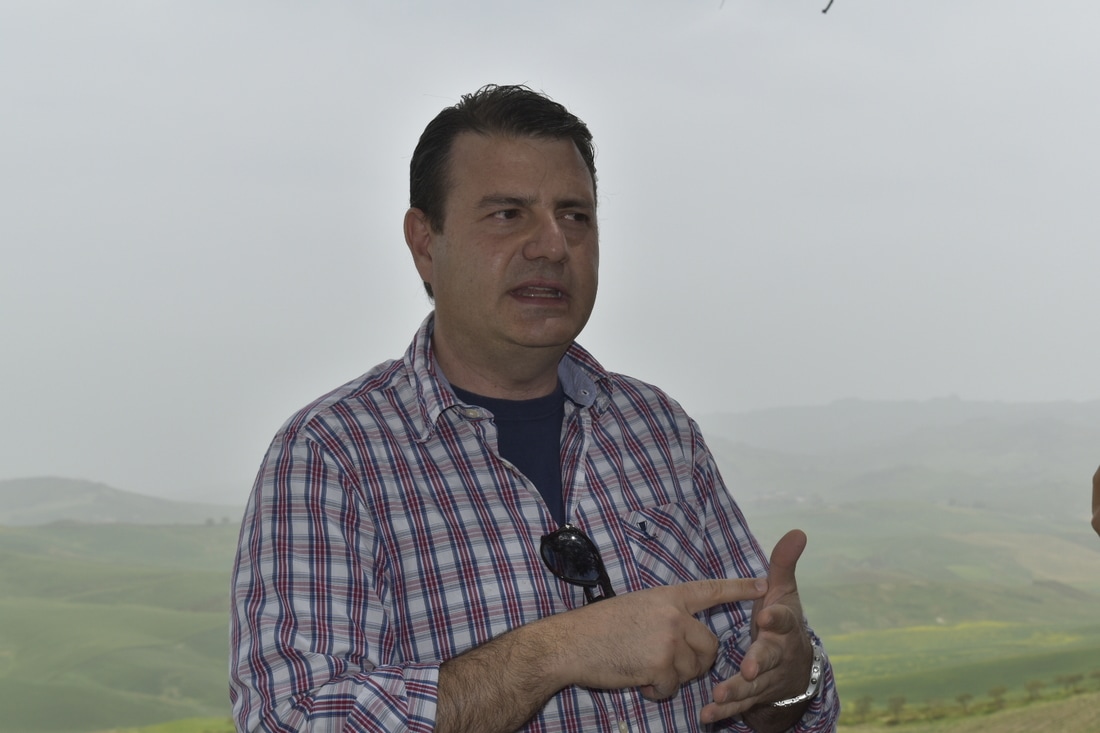
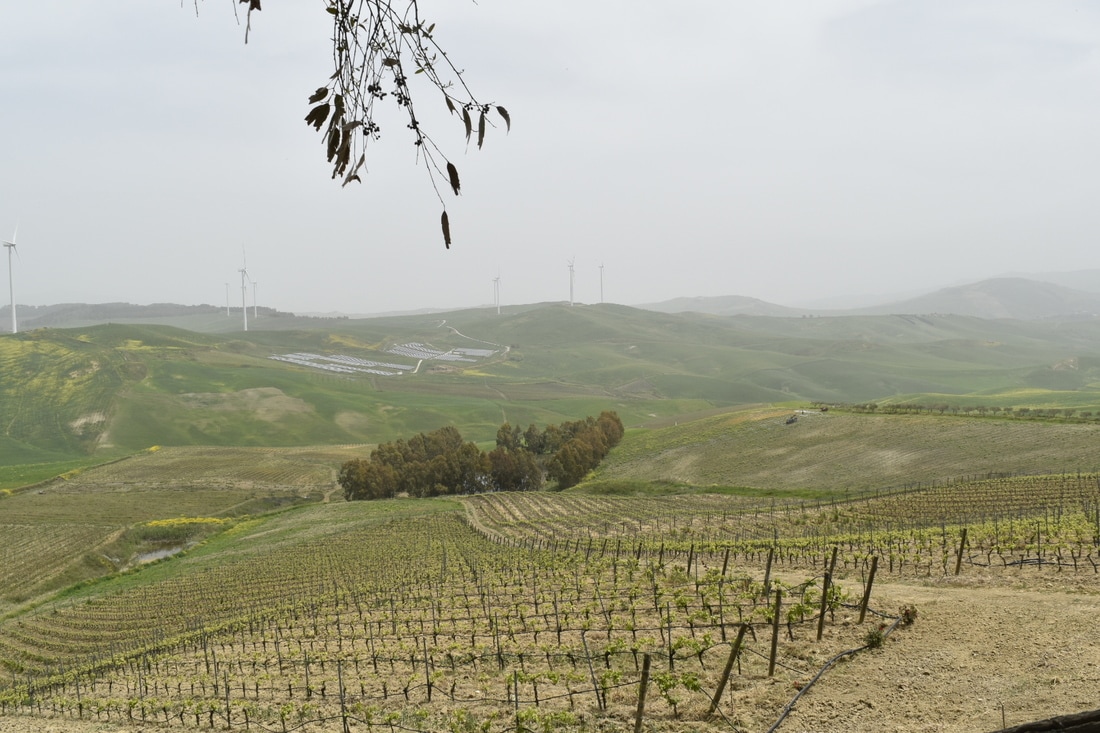
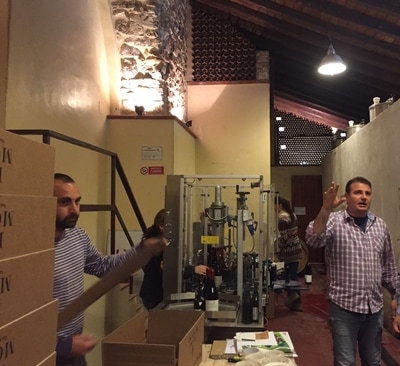
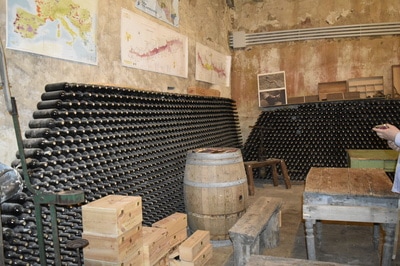
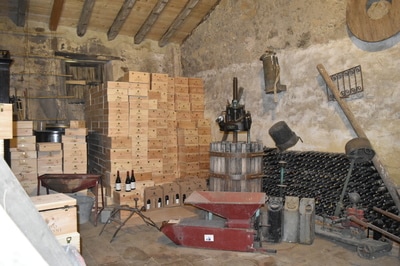
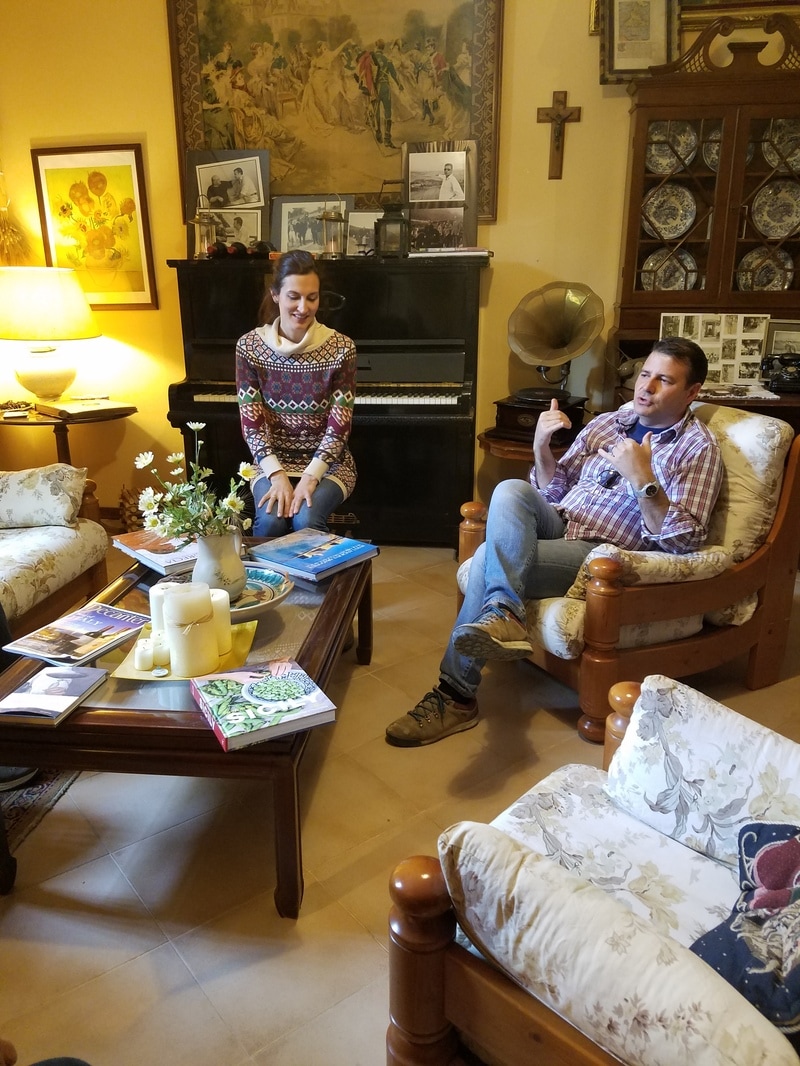
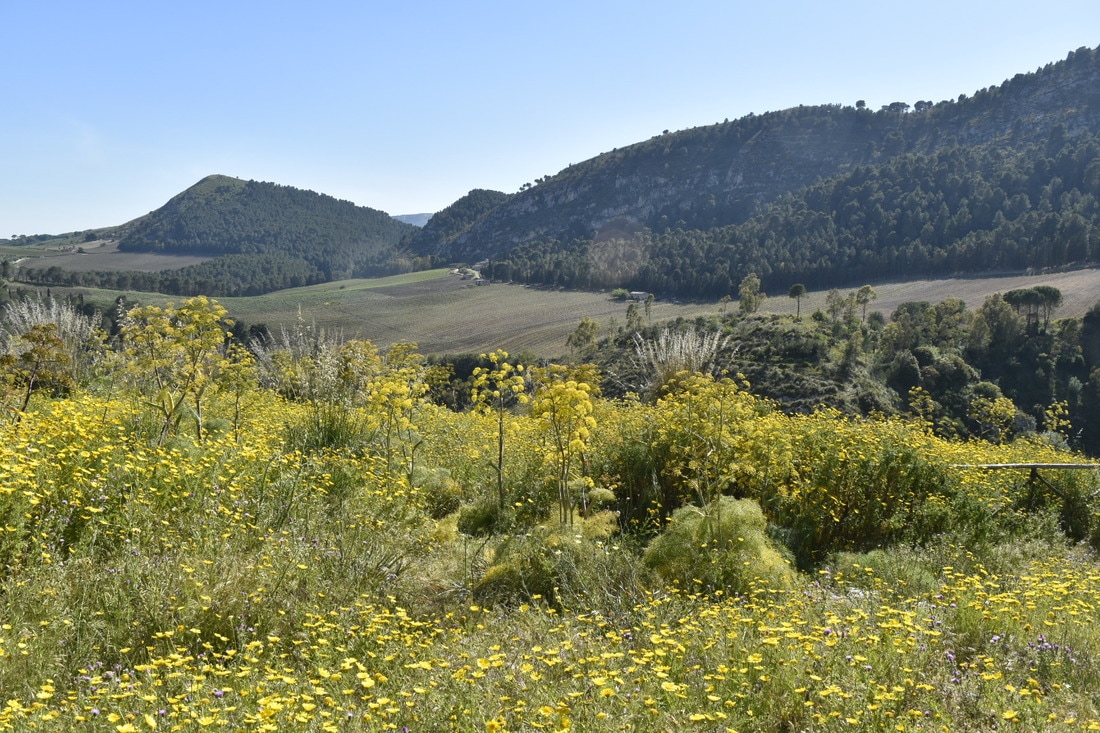
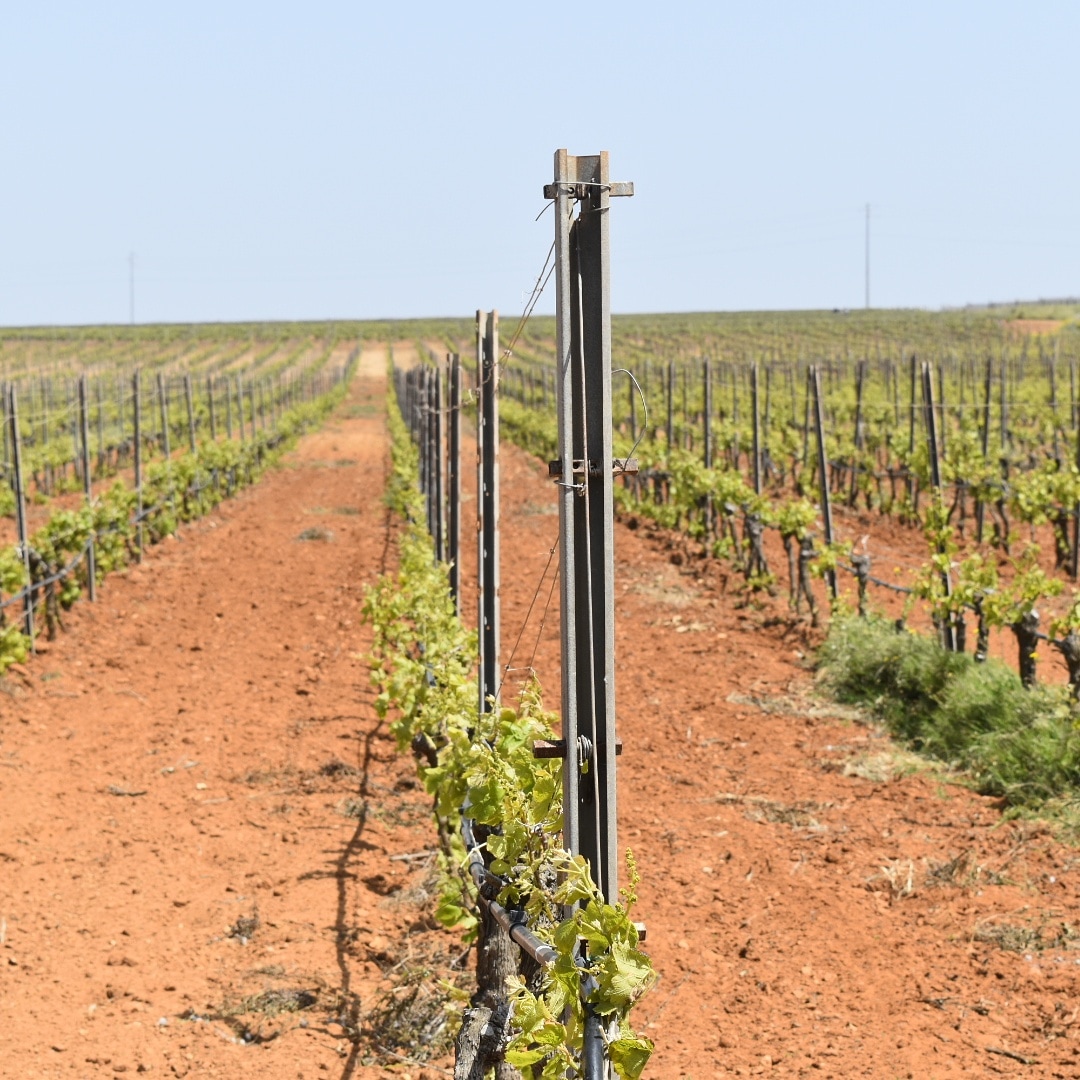
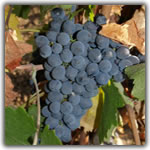
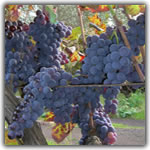
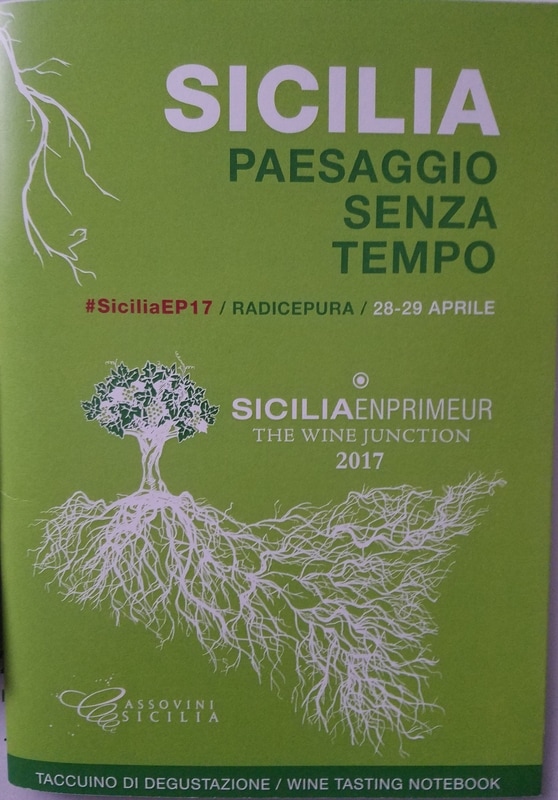
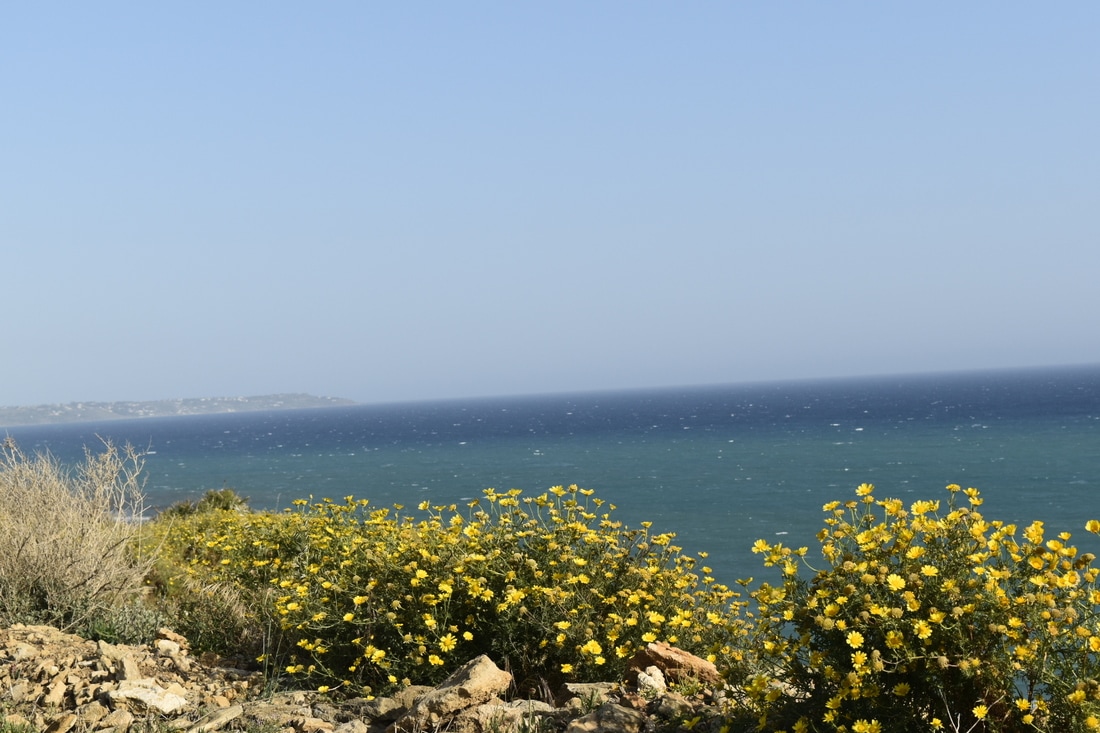
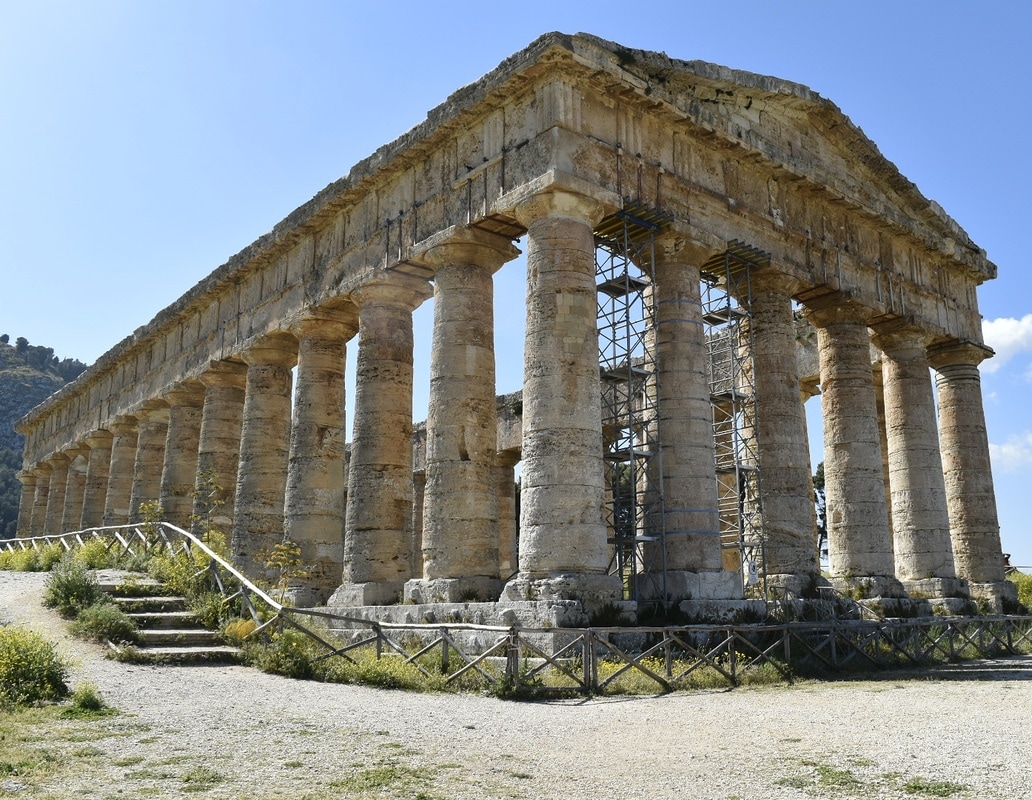
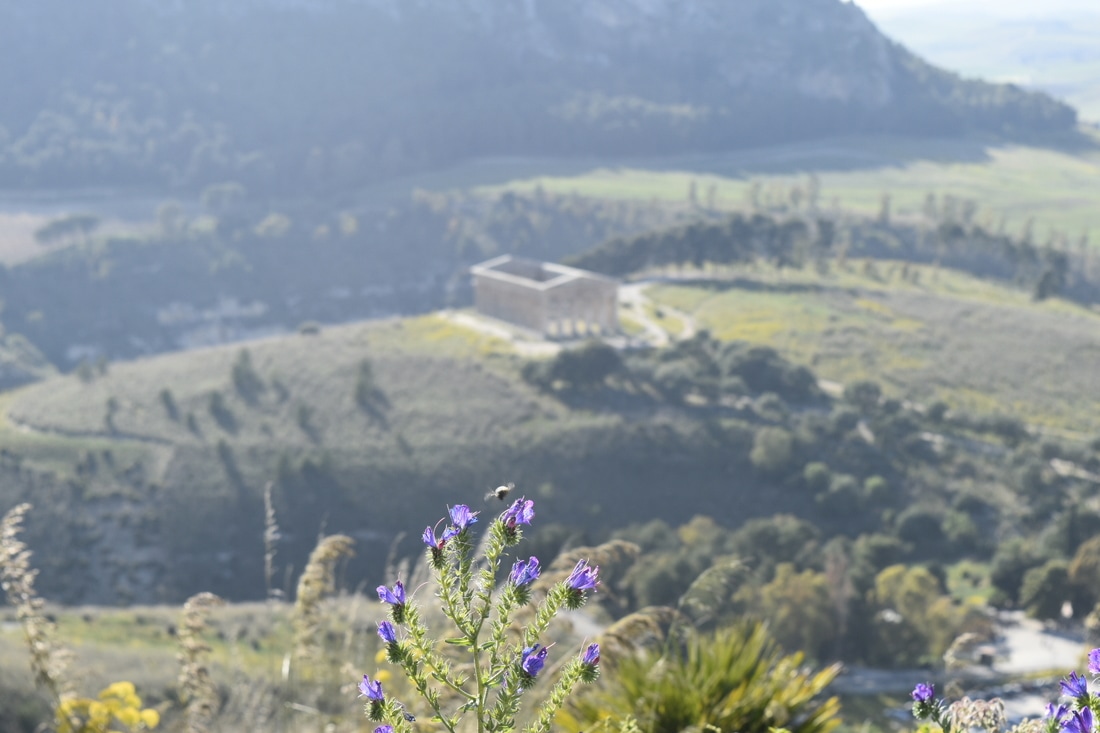
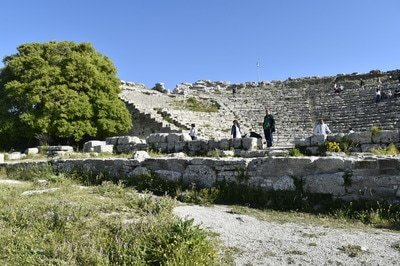
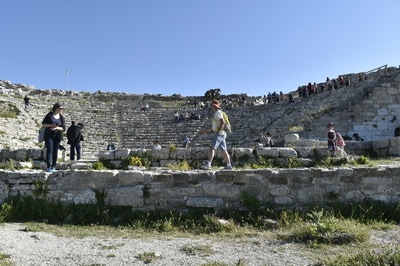
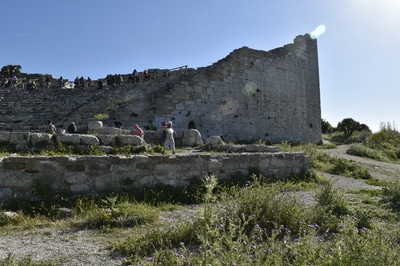
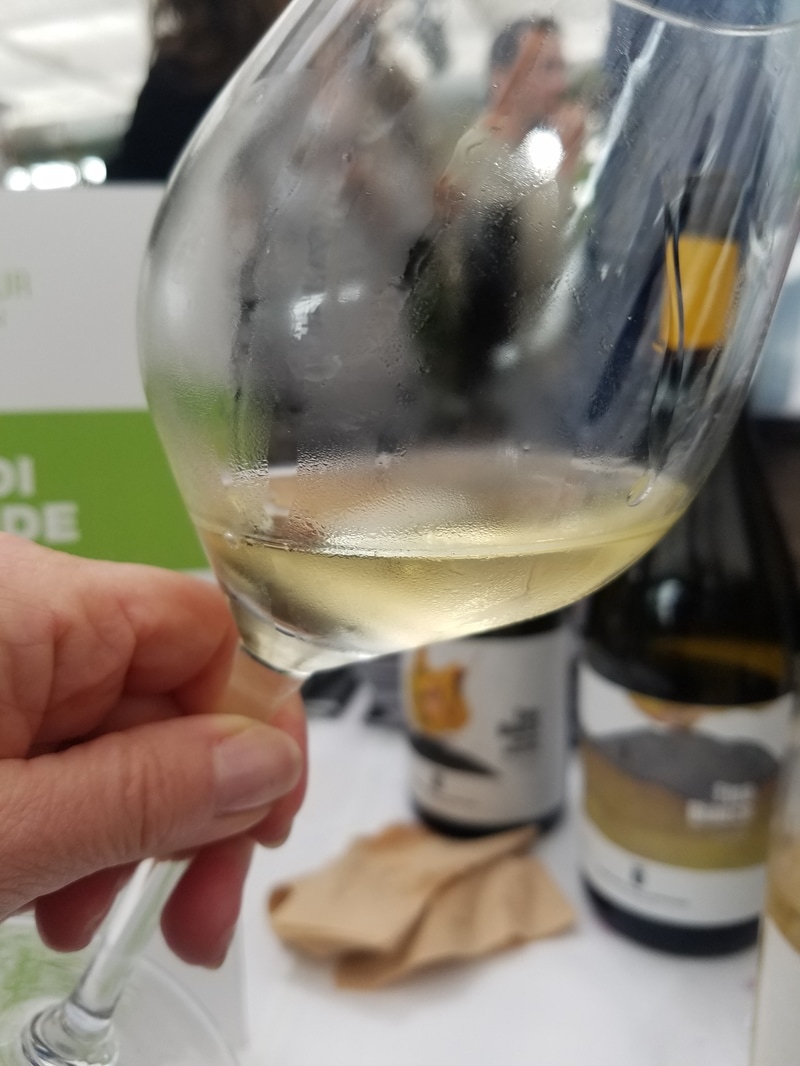


 RSS Feed
RSS Feed